Home>Garden Essentials>How To Get Rid Of Ground Cover Vines
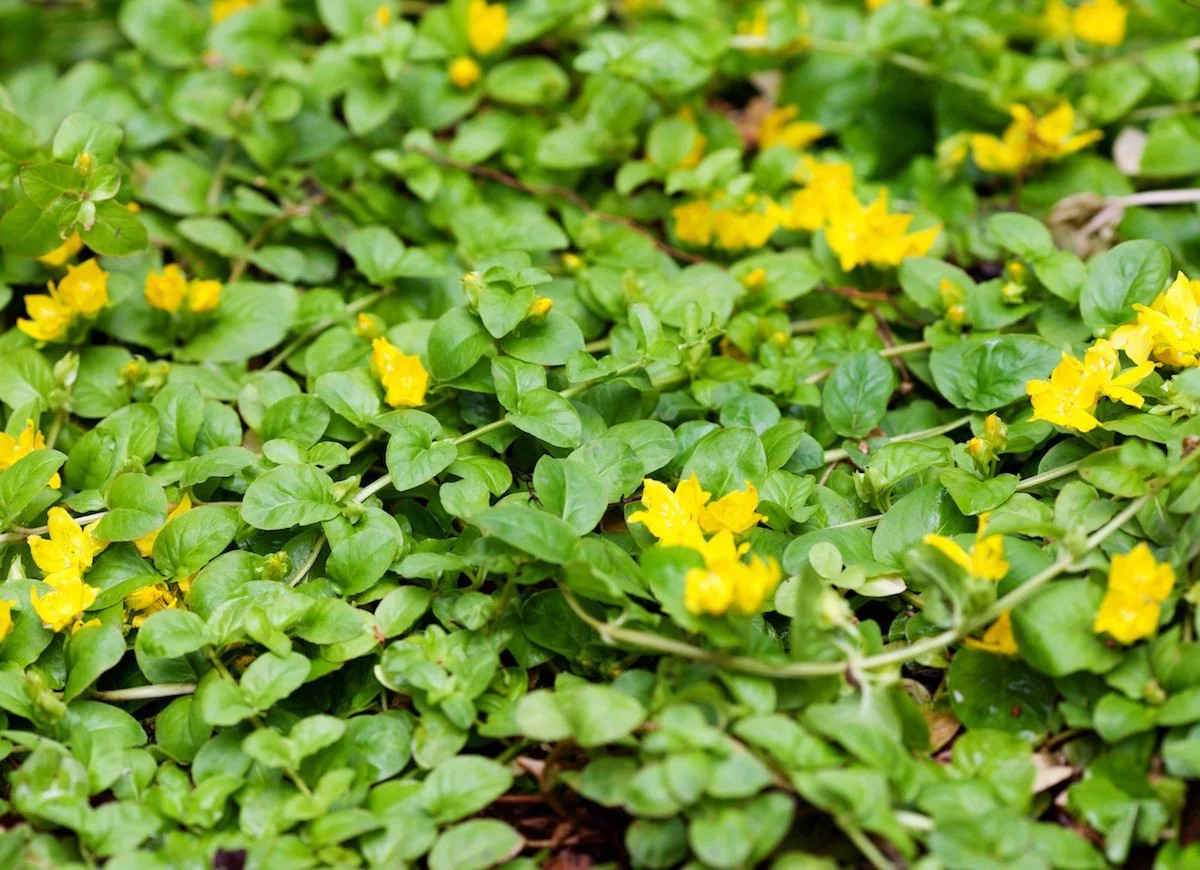

Garden Essentials
How To Get Rid Of Ground Cover Vines
Modified: October 21, 2024
Learn effective techniques to remove ground cover vines from your garden. Get rid of unwanted vegetation and maintain a beautiful, hassle-free outdoor space
(Many of the links in this article redirect to a specific reviewed product. Your purchase of these products through affiliate links helps to generate commission for Storables.com, at no extra cost. Learn more)
Introduction
Ground cover vines can be a beautiful addition to any garden, providing lush greenery and adding a touch of elegance to the landscape. But what happens when these vines start to take over, choking out other plants and causing havoc in your garden? It’s time to take action and get rid of those unruly ground cover vines.
While some types of ground cover vines, like ivy and vinca, can be beneficial and aesthetically pleasing, there are others that can be invasive and quickly overtake your garden if left unchecked. These aggressive vines can spread rapidly, smothering desirable plants, and creating a tangled mess that is difficult to manage.
In this article, we will explore the different methods you can use to effectively remove ground cover vines from your garden and restore its natural beauty. From manual removal techniques to the use of herbicides, we will cover everything you need to know to get rid of those pesky vines for good.
But before we dive into the removal methods, let’s first understand the nature of ground cover vines and why it is necessary to evaluate the need for removal.
Key Takeaways:
- Unruly ground cover vines can harm your garden, but evaluating their impact and choosing the right removal method can restore its beauty. Manual removal or herbicides can effectively get rid of invasive vines.
- After removing ground cover vines, prevent regrowth by monitoring, proper disposal, and implementing preventive measures. Regular maintenance, weeding, and plant selection will keep your garden vine-free and thriving.
Read more: How To Get Rid Of Juniper Ground Cover
Understanding Ground Cover Vines
Ground cover vines, also known as creeping or trailing vines, are low-growing plants that spread horizontally along the ground, covering large areas with their foliage. They are often used to provide erosion control, reduce weed growth, and add visual interest to a garden or landscape.
There are various types of ground cover vines, each with its own growth habits and characteristics. Some common examples include English Ivy, Creeping Fig, Vinca, and Pachysandra. These vines are typically fast-growing and have the ability to quickly spread and cover large areas.
While ground cover vines can be desirable in certain situations, they can also become a problem when they start to invade and take over other plants in the garden. They have a tendency to creep into flower beds, climb up trees, and smother other plants, depriving them of sunlight, nutrients, and water.
It is important to understand that not all ground cover vines are invasive. Some are well-behaved and can coexist with other plants without causing any harm. However, when certain vine species become invasive, their removal becomes necessary to ensure the health and balance of the garden.
Before deciding to remove ground cover vines, it is crucial to evaluate their impact on your garden and determine whether their removal is warranted. Consider the following factors:
- Extent of spreading: Assess how much the vines have spread and whether they are encroaching on other plants or structures. If they are rapidly spreading and causing damage, removal may be necessary.
- Impact on desired plants: Evaluate how the vines are affecting the growth and health of desired plants. If they are overshadowing or suffocating them, it is important to take action.
- Aesthetic considerations: Consider the overall appearance and visual appeal of the garden. If the vines are creating a tangled mess and detracting from the beauty of the landscape, removal may be beneficial.
- Maintenance requirements: Consider the amount of effort and time required to control and maintain the vines. If they are becoming overwhelming and difficult to manage, it may be necessary to remove them.
By understanding the nature of ground cover vines and assessing their impact on your garden, you can make an informed decision about whether removal is necessary. In the next section, we will dive deeper into evaluating the spread and growth habits of vines to better understand their behavior and plan for effective removal.
Evaluating the Need for Removal
Before embarking on the task of removing ground cover vines, it is important to carefully evaluate the need for removal. Determining whether removal is necessary will depend on several factors, including the extent of vine growth, the impact on surrounding plants, and personal preferences for the garden’s aesthetics.
The first step in evaluating the need for removal is to assess the extent of the vine’s spread. If the vines have quickly taken over large areas of your garden, encroaching on other plants and structures, it is a strong indication that removal is necessary. These aggressive vines can smother and suffocate desirable plants, potentially causing long-term damage to the ecosystem of the garden.
Next, consider the impact of the ground cover vines on other plants in your garden. Are they overshadowing and depriving sunlight from your desired plants? Are they competing for nutrients and water, causing the other plants to struggle? If the presence of the vines is negatively affecting the health and growth of your desired plants, it is essential to take action and remove these invasive vines.
Personal preferences and the overall aesthetics of your garden also play a role in evaluating the need for removal. Perhaps you find the tangled and untamed appearance of the vines to be unappealing. If the vines are obstructing the visual beauty of the garden or creating a messy, unkempt look, you may choose to remove them for the sake of enhancing the overall aesthetic appeal.
Consider the amount of time and effort required to maintain and control the ground cover vines. If you find that the vines are becoming unmanageable and difficult to control, it may be a sign that removal is necessary. It is important to create a balance in your garden that allows you to enjoy the benefits of ground cover vines without becoming overwhelmed by their rapid growth and maintenance needs.
In summary, evaluating the need for removal involves considering the extent of vine spread, the impact on surrounding plants, personal preferences for aesthetics, and the level of maintenance required. By carefully assessing these factors, you can make an informed decision about whether removal is necessary and proceed with the appropriate methods to regain control of your garden.
In the next section, we will explore how to assess the spread and growth habits of ground cover vines, providing insights that will help you plan and execute an effective removal strategy.
Assessing the Spread and Growth Habits of Vines
Before you begin the process of removing ground cover vines, it’s important to assess their spread and understand their growth habits. This will help you develop a targeted removal plan and ensure the most effective results.
First, examine the extent of vine spread in your garden. Take note of how far the vines have spread both vertically and horizontally. Are they climbing up trees, fences, or structures? Or are they spreading along the ground, covering large areas? Understanding the reach of the vines will help you identify the areas that require the most attention during the removal process.
It’s also essential to identify the specific type of vine you are dealing with. Different ground cover vines have different growth habits and characteristics. Some vines, like English Ivy, have aerial rootlets that allow them to cling to surfaces and climb. Others, like Creeping Fig, have small tendrils that attach themselves to nearby supports. By identifying the specific characteristics of the vine, you can better plan your removal strategy.
Another factor to consider when assessing vine spread is the density of the foliage. Some vines have dense foliage that covers the ground completely, preventing sunlight from reaching other plants and hindering their growth. Others may have more sparse foliage but still display aggressive growth habits. Understanding the density of the foliage will help you determine the level of intensity needed for the removal process.
Observe the growth rate of the vines as well. Some ground cover vines can grow rapidly, spreading and covering large areas within a short period of time. This quick growth can make removal more challenging, as the vines may have established extensive root systems. Slower-growing vines, on the other hand, may be easier to manage and remove.
Take note of any unique characteristics or challenges related to the vines in your specific garden. Are they intertwined with other plants or tangled in a complex network? Identify any areas where the vines have caused damage or may require additional care during removal.
By thoroughly assessing the spread and growth habits of the vines, you can develop a tailored approach to their removal. This will help you determine the most effective methods to use and ensure that you address the specific challenges presented by the ground cover vines.
Next, we will discuss the ideal time for removing ground cover vines and how timing can impact the success of your removal efforts.
Selecting the Right Time for Removal
Choosing the right time for the removal of ground cover vines is crucial for achieving the best results. Timing can greatly impact the success of the removal process and minimize the chances of regrowth. Here are some factors to consider when selecting the optimal time for vine removal:
Season: The ideal time to start removing ground cover vines is during the late summer or early fall. During this period, the growth of the vines slows down, making it easier to manage and remove them. The weather is often cooler, which reduces stress on other garden plants during the removal process.
Weather conditions: It is essential to choose a day when the weather is dry, calm, and not excessively hot. Wet conditions can make it difficult to remove the vines, and high temperatures can cause stress to other plants in the garden. Additionally, avoiding windy days will ensure that herbicides, if used, are applied effectively and do not drift onto unintended areas.
Life cycle of the vine: Understanding the life cycle of the specific ground cover vine you are removing is important. Some vines may have specific growth patterns, such as producing seeds at a certain time of year or regenerating from root fragments. By familiarizing yourself with the life cycle of the vine, you can time your removal efforts to coincide with the most vulnerable stage of the plant.
Availability of resources: Consider the availability of time, manpower, and resources when selecting the time for vine removal. Removing ground cover vines can be a labor-intensive task, so it is important to allocate enough time to complete the job properly. Having the necessary tools and protective equipment, such as gloves and pruning shears, is also essential for successful removal.
Other garden activities: Take into account other activities and projects happening in your garden. If you are planning to replant or make significant changes to your landscape, it may be more efficient to remove the vines before starting those projects. This will allow for a fresh start and prevent the re-establishment of vines in the newly designed areas.
By considering these factors, you can select the right time to remove the ground cover vines in your garden. This will ensure optimal conditions for successful removal and minimize the chances of regrowth or damage to other plants.
In the next sections, we will explore different methods for manually removing ground cover vines and using herbicides as an alternative solution.
To get rid of ground cover vines, you can manually pull them out, use a weed killer specifically designed for vines, or cover the area with a thick layer of mulch to smother them. Be sure to follow the instructions on any chemical products and wear protective gear.
Read more: How To Get Rid Of Jasmine Ground Cover
Removing Ground Cover Vines Manually
Manually removing ground cover vines can be a labor-intensive but effective method for getting rid of these invasive plants. This method allows for precise targeting of the vines and minimizes the use of harmful chemicals in your garden. Here are the steps to follow when removing ground cover vines manually:
- Gather your tools: Before you begin, gather the necessary tools for the job. This may include pruning shears, garden gloves, a rake, and a sturdy pair of boots to protect your feet.
- Start at the base: Begin by cutting the vines at the base or near the ground level. Use a pair of sharp pruning shears to make clean cuts. This will help prevent the vines from re-sprouting and growing back.
- Slowly remove the vine: Once you have cut the vines at the base, start gently pulling them away from the surrounding plants, structures, or fences. Take your time to unravel any tangled vines and carefully remove them without causing damage to nearby plants.
- Remove any remaining roots and stems: After removing the visible vines, check for any remaining roots or stems in the soil. Use a rake or your hands to loosen and remove these remnants. Be thorough in this step to prevent regrowth.
- Dispose of the vines: Properly dispose of the removed vines to prevent them from re-rooting or spreading. Place them in a compost bin or dispose of them in yard waste bags according to your local regulations. Avoid composting if the vines have produced seeds to prevent their spread.
- Maintain vigilance: Regularly monitor your garden for any signs of regrowth. As ground cover vines often have tenacious root systems, some regrowth may occur. Act promptly to remove any new shoots or growth as soon as you notice them.
While manual removal requires time and effort, it is an effective way to remove ground cover vines without the use of chemicals. It allows you to be selective in targeting the vines and minimize the potential harm to other plants in your garden.
However, it’s important to note that manual removal may not be practical for large infestations or extensive areas covered by vines. In such cases, alternative approaches like using herbicides or seeking professional help may be necessary.
In the next section, we will explore the use of herbicides as another method for removing ground cover vines.
Using Herbicides for Vine Removal
If manual removal is not feasible or you’re dealing with a large-scale infestation of ground cover vines, using herbicides can be an effective solution. Herbicides are chemical substances specifically formulated to kill or inhibit the growth of various plants, including invasive vines. Here are some important considerations and steps to follow when using herbicides for vine removal:
Choose the right herbicide: Select an herbicide that is specifically designed for controlling vines. Look for an herbicide that targets broadleaf plants, as most ground cover vines fall into this category. Read the label carefully and follow the instructions for proper application and safety precautions.
Timing is crucial: Apply the herbicide when the vines are actively growing and not during periods of drought or extreme heat. This will ensure that the plants absorb the herbicide more effectively and increase the chances of successful control.
Protect desirable plants: Take precautions to protect desirable plants and prevent damage. Use barriers or shields to block the herbicide from coming into contact with non-target plants. Be careful not to overspray or allow the herbicide to drift onto unintended areas.
Apply the herbicide: Follow the instructions on the herbicide label for the appropriate dilution ratio and application method. Use a sprayer or a paintbrush to carefully apply the herbicide to the foliage and stems of the vines. Ensure thorough coverage, focusing on the actively growing parts of the plants.
Allow time for the herbicide to work: After applying the herbicide, give it enough time to work. The specific herbicide you choose will have a recommended waiting period before taking any further action. During this time, the herbicide will gradually kill the vines, causing them to wither and die.
Remove the dead vines: Once the vines have died, carefully remove the dead plant material from your garden. Just like with manual removal, it is important to dispose of the removed vines properly to prevent re-establishment.
Monitor for regrowth: Even after using herbicides, there may be some instances of regrowth. Keep a close eye on your garden and quickly address any new growth that emerges. Repeat herbicide treatments as needed to effectively control the vines.
Follow safety precautions: When using herbicides, always follow the safety instructions provided by the manufacturer. Wear protective clothing, gloves, and goggles to minimize the risk of exposure to the herbicide. Keep children and pets away from treated areas until the herbicide has dried or according to the labeled instructions.
Using herbicides can be an efficient method for removing ground cover vines, particularly in cases where manual removal is impractical. However, it’s important to exercise caution and follow all safety guidelines to protect yourself, other plants, and the environment.
In the next section, we will discuss ways to prevent the regrowth of ground cover vines and maintain a vine-free garden.
Preventing Re-growth of Vines
After successfully removing ground cover vines from your garden, it’s important to take steps to prevent their regrowth and keep your garden vine-free. Here are some effective strategies to prevent the re-growth of vines:
Regular maintenance: Regularly inspect your garden for any signs of new vine growth. As soon as you notice any shoots or tendrils emerging, remove them promptly. By staying vigilant and addressing new growth early on, you can prevent vines from establishing themselves again.
Proper disposal: Dispose of the removed vines properly to ensure they don’t re-establish. Avoid composting the vines if they have produced seeds, as this can lead to their spread. Place the vines in yard waste bags or take them to a local green waste facility for proper disposal.
Monitoring nearby areas: Keep an eye on neighboring gardens or natural areas close to your property. Vines can easily spread from these areas and find their way back into your garden. If you notice vines encroaching from outside your property, take measures to prevent their entry, such as installing barriers or regularly trimming back any overhanging vegetation.
Implement landscape fabric or mulch: Lay down landscape fabric or apply mulch in areas where the vines were previously growing. This will help suppress weed growth and make it more difficult for any remaining seeds or roots to sprout. Ensure the fabric or mulch is thick enough and covers the entire area to be effective.
Regular weeding: Be diligent in weeding your garden, especially in areas where vines used to grow. Pull out any weeds that may be related to the previous infestation. This will prevent them from competing with desirable plants and help maintain a vine-free environment.
Plant alternatives: Consider planting alternative ground cover options that are less invasive and easier to manage. Choose native or non-invasive plants that have lower growth rates and do not pose a threat to other plants in your garden. This will help fill the space left by the removal of the vines and prevent them from re-establishing.
Maintain healthy soil conditions: Keep your garden soil fertile and well-drained to promote the growth of desirable plants and discourage the growth of invasive vines. Test your soil regularly and make any necessary amendments to create an environment that is unfavorable for vine growth.
By implementing these preventive measures, you can significantly reduce the likelihood of vine re-growth and enjoy a vine-free garden. Regular maintenance and careful attention to the signs of any new growth are key to keeping your garden under control.
In the final section, we will provide some maintenance and aftercare tips to help you maintain a thriving and vine-free garden in the long term.
Maintenance and Aftercare Tips
After removing ground cover vines from your garden, it’s important to implement maintenance and aftercare practices to ensure a healthy and vibrant garden. Here are some essential tips to help you maintain your garden and prevent the re-establishment of vines:
Regular monitoring: Continually monitor your garden for any signs of new vine growth. Keep a close eye on areas where the vines were previously present and promptly remove any emerging shoots or tendrils. By catching and addressing new growth early, you can prevent the vines from taking hold and spreading.
Pruning and trimming: Regularly prune and trim other plants in your garden to promote their health and prevent them from becoming overwhelmed by vine growth. Pruning also helps improve airflow and sunlight penetration, creating an environment less favorable for vine establishment.
Mulching: Apply a layer of organic mulch around your plants. Mulch acts as a barrier, reducing weed growth and helping to maintain moisture levels in the soil. It also improves the overall aesthetics of your garden.
Regular weeding: Continuously weed your garden to remove any invasive plants, including new vine growth. Be thorough and persistent in your weeding efforts to prevent the vines from taking root and spreading again.
Watering and fertilization: Provide appropriate and consistent watering for your plants, avoiding excessive moisture levels that can encourage weed growth. Feed your plants with a balanced fertilizer to promote their overall health and vigor, helping them better resist any potential vine infestations.
Maintain healthy soil: Maintain good soil health by incorporating organic matter, such as compost, into the soil regularly. Healthy soil promotes strong plant growth, making your garden more resistant to invasions by weeds and vines.
Plant selection: When choosing new plants for your garden, opt for non-invasive species that are well-suited to your region’s climate and conditions. Selecting plants that are naturally resistant to vine infestations will help reduce the risk of future outbreaks.
Regular garden maintenance: Establish a routine for garden maintenance tasks, including weeding, pruning, and monitoring for vine regrowth. Consistency is key to preventing the re-establishment of vines and maintaining a healthy, vine-free garden.
By following these maintenance and aftercare tips, you can keep your garden beautiful and free from ground cover vine invasions. Regular vigilance and proactive care will help you enjoy a thriving garden for years to come.
Now that you have a comprehensive understanding of how to remove ground cover vines and maintain a vine-free garden, you are equipped with the knowledge to tackle any vine-related challenges that may arise. By implementing these techniques and strategies, you can ensure the long-term beauty and health of your garden while keeping those unruly vines at bay.
Remember, gardening is an ongoing journey, so continue to learn, adapt, and refine your practices to create a garden that brings you joy and satisfaction.
Happy gardening!
Read more: How To Get Rid Of Grass In Ground Cover
Conclusion
Dealing with ground cover vines in your garden can be a challenging task, but with the right knowledge and methods, you can successfully remove them and maintain a beautiful, vine-free space. Understanding the nature of ground cover vines, evaluating the need for removal, and assessing their spread and growth habits are crucial first steps in the process. From there, you can select the most appropriate time for removal and choose between manual removal or using herbicides.
Manual removal allows for targeted and precise removal of the vines, while herbicides can be effective for large-scale infestations. Careful consideration should be given to safety precautions and protecting non-target plants throughout the removal process. Preventing regrowth involves vigilant monitoring, proper disposal of removed vines, and implementing preventive measures such as landscape fabric, regular weeding, and responsible plant selection.
Maintenance and aftercare are essential to keeping your garden vine-free and thriving. Regular monitoring, pruning, mulching, and maintaining healthy soil conditions will help prevent the return of ground cover vines. Regular garden maintenance tasks, such as weeding and watering, should be part of your routine to ensure the long-term health of your garden.
Ultimately, by following these steps and implementing the strategies discussed, you can enjoy a beautiful, vine-free garden that showcases your favorite plants and creates a welcoming outdoor space. Gardening is a continuous learning process, so stay curious, adapt to the needs of your garden, and continue to explore new techniques to maintain a healthy and vibrant outdoor oasis.
Remember, removing ground cover vines may require perseverance and dedication, but the rewards of a flourishing garden are well worth the effort. So roll up your sleeves, equip yourself with the knowledge and tools, and embark on the journey to reclaim your garden from those invasive vines.
Happy gardening!
Frequently Asked Questions about How To Get Rid Of Ground Cover Vines
Was this page helpful?
At Storables.com, we guarantee accurate and reliable information. Our content, validated by Expert Board Contributors, is crafted following stringent Editorial Policies. We're committed to providing you with well-researched, expert-backed insights for all your informational needs.

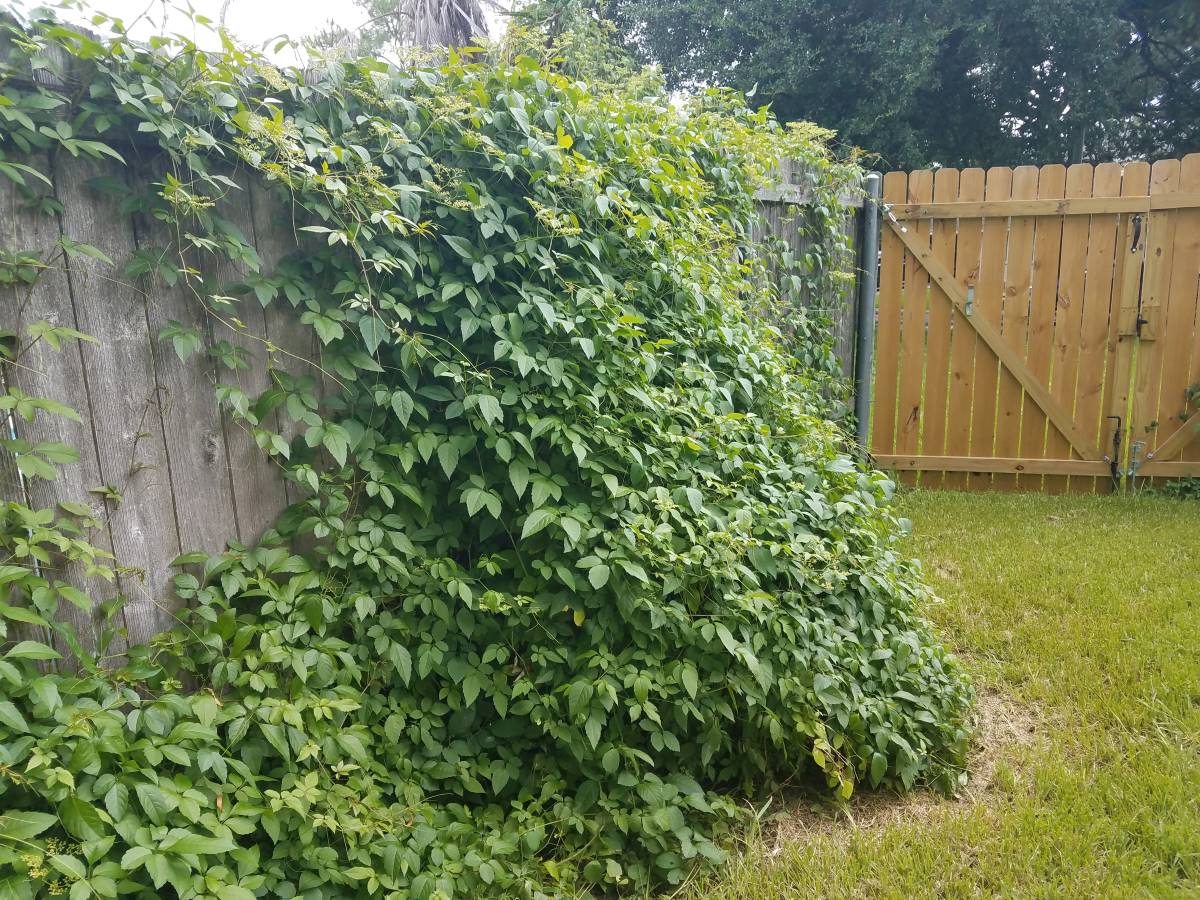
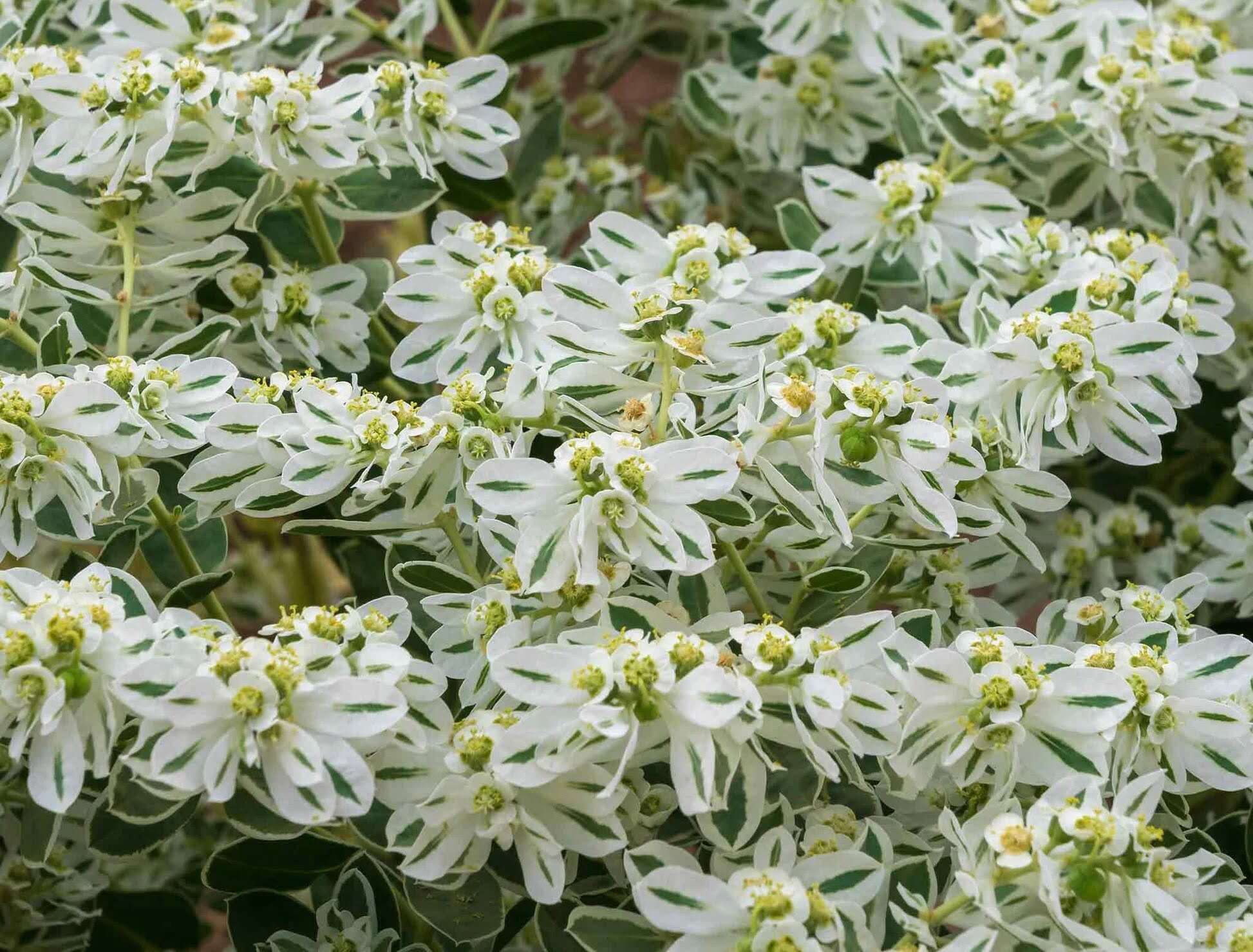
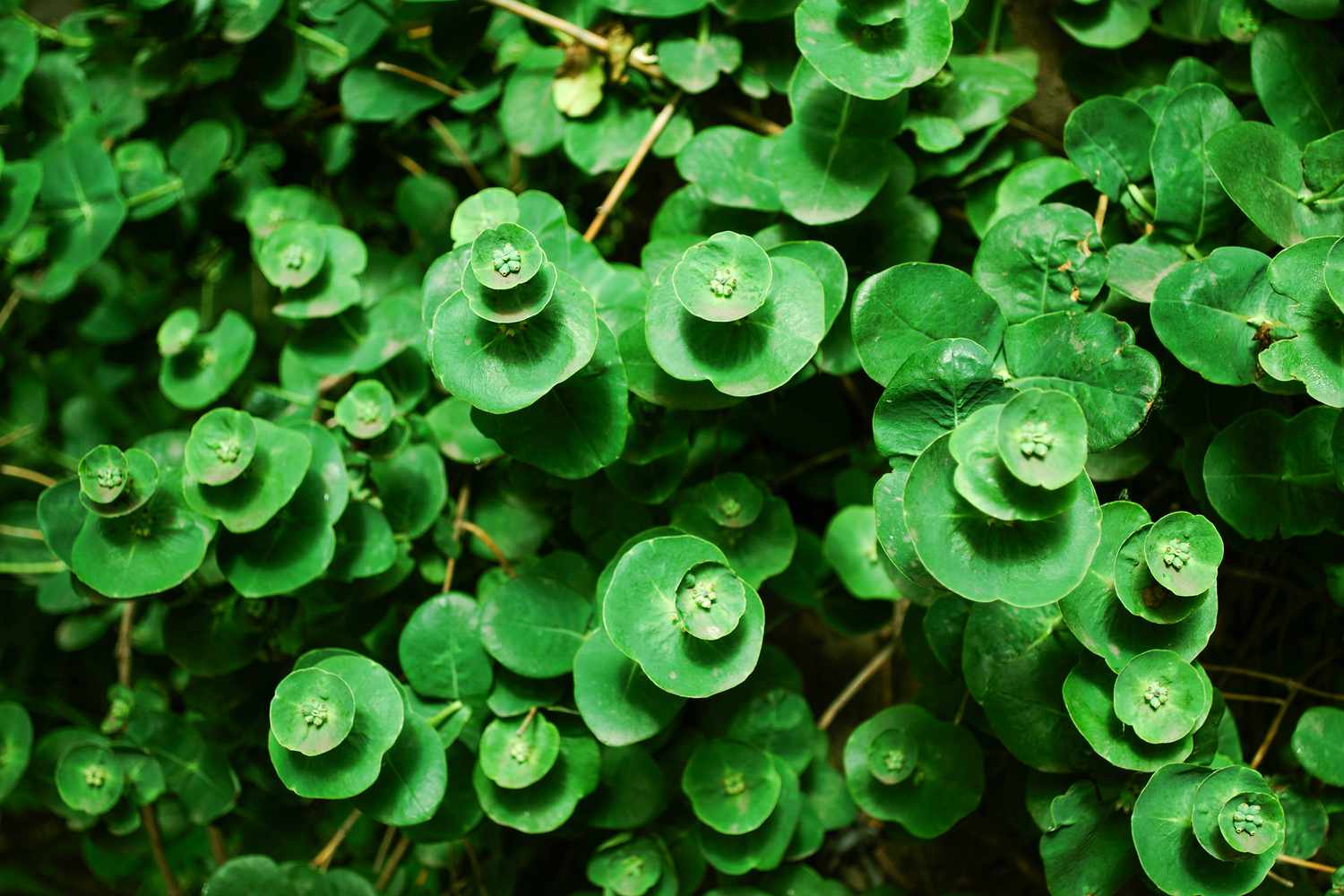
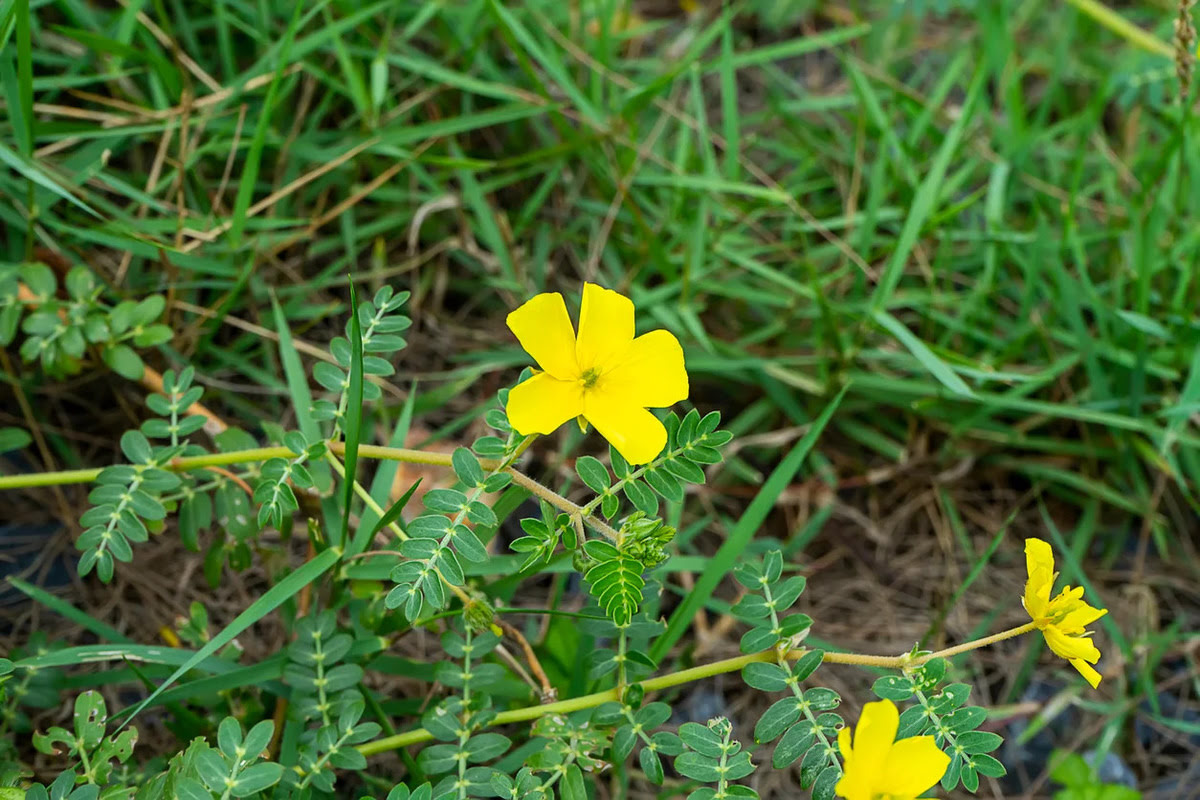
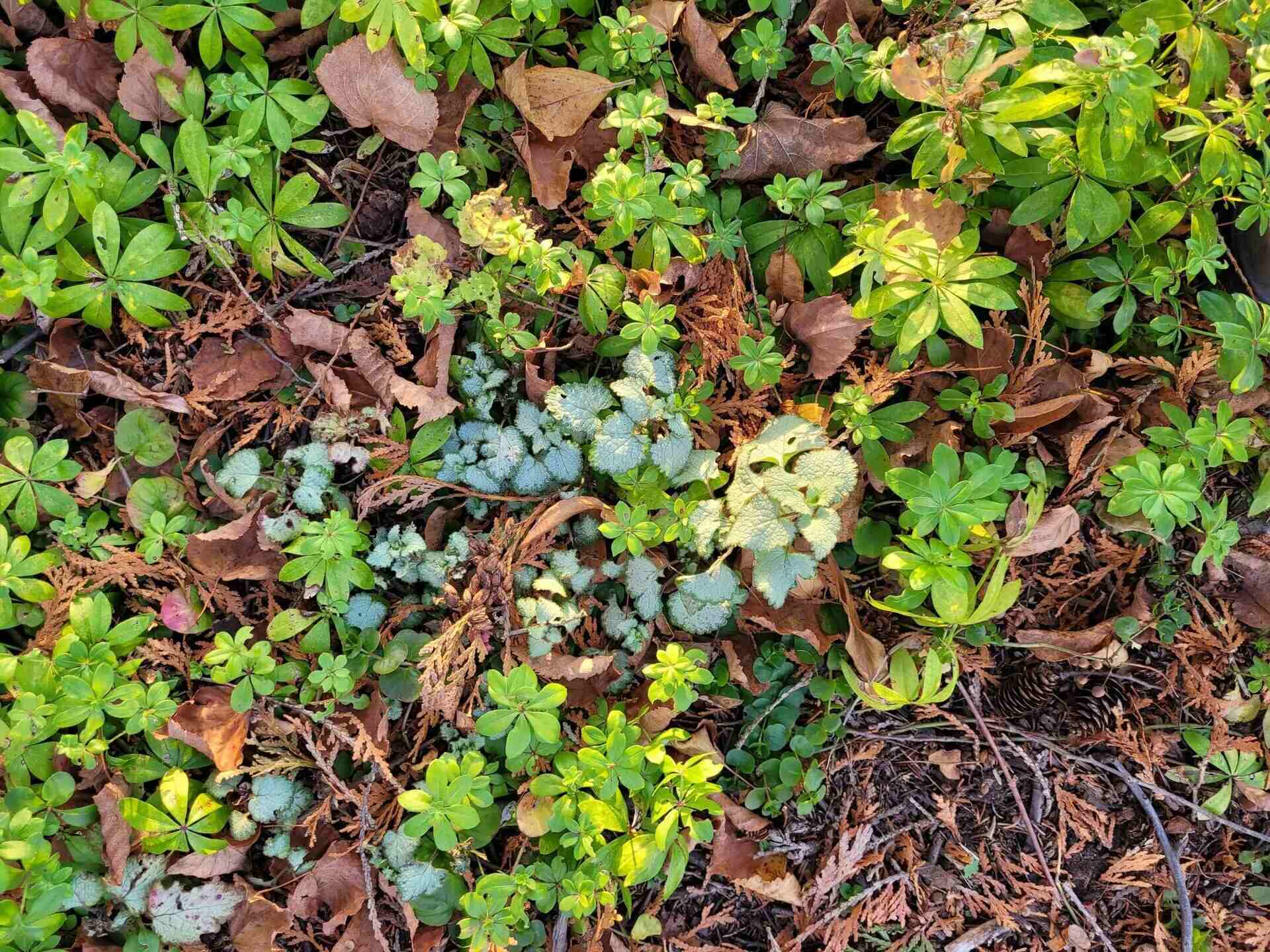
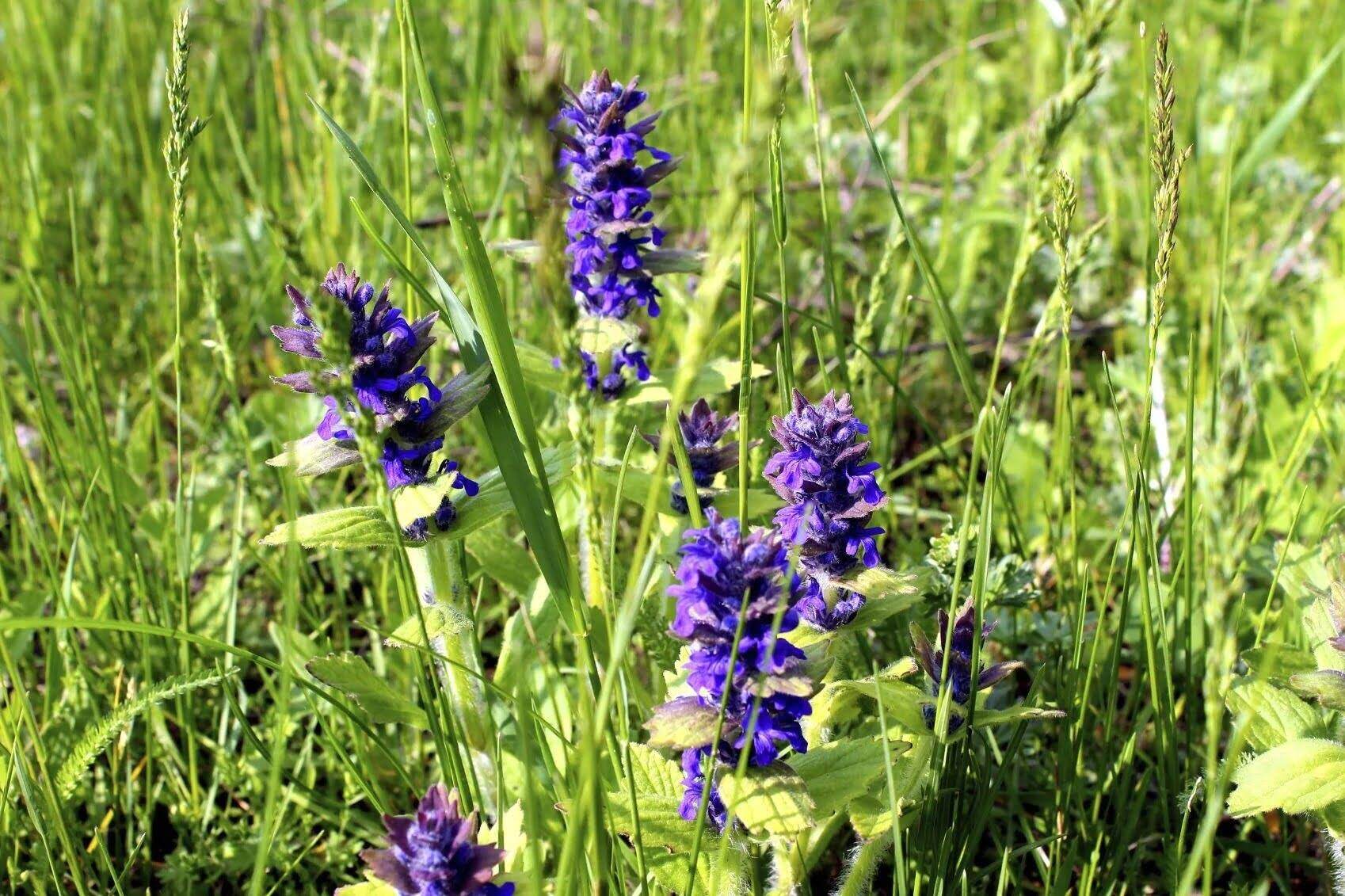
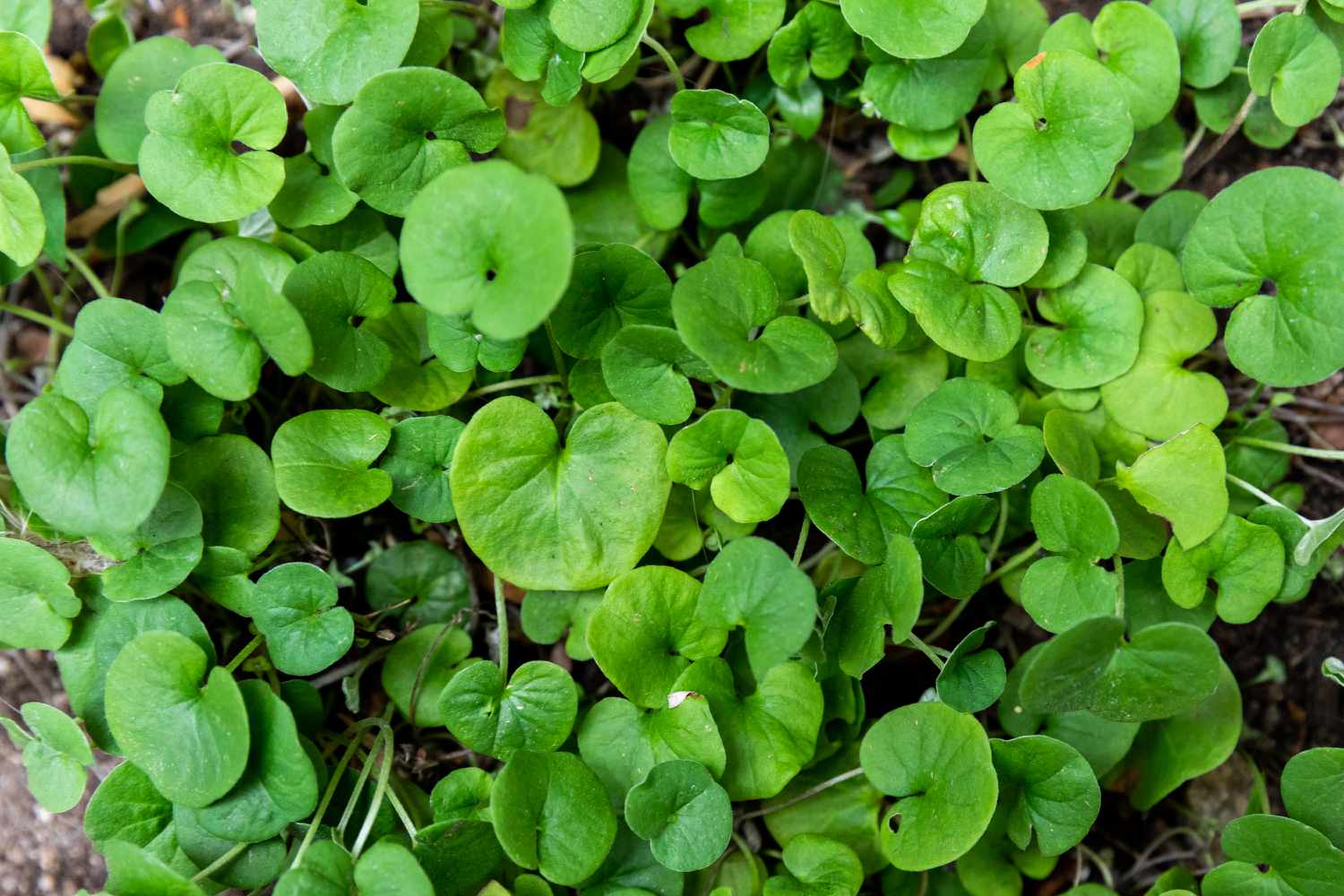


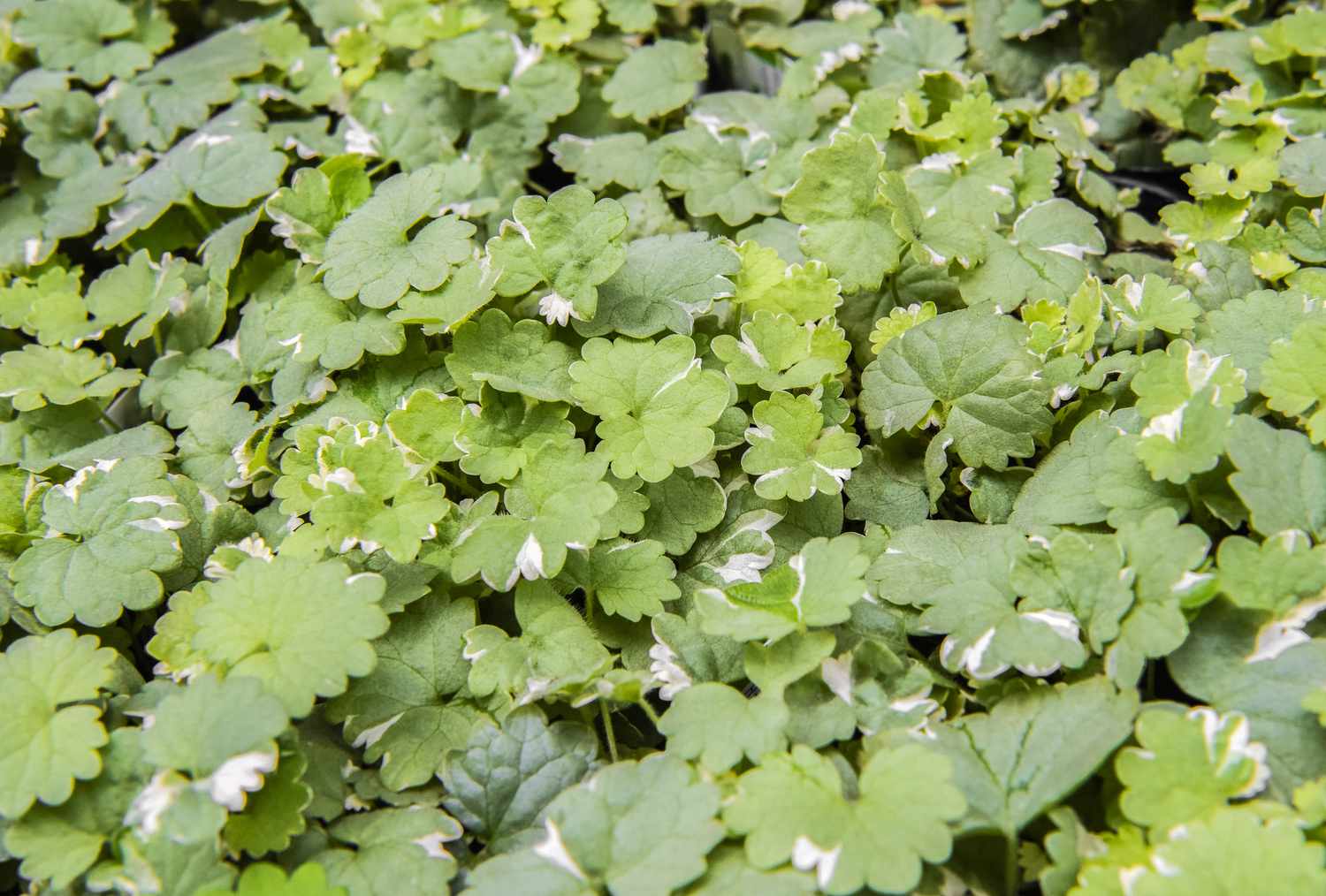



0 thoughts on “How To Get Rid Of Ground Cover Vines”